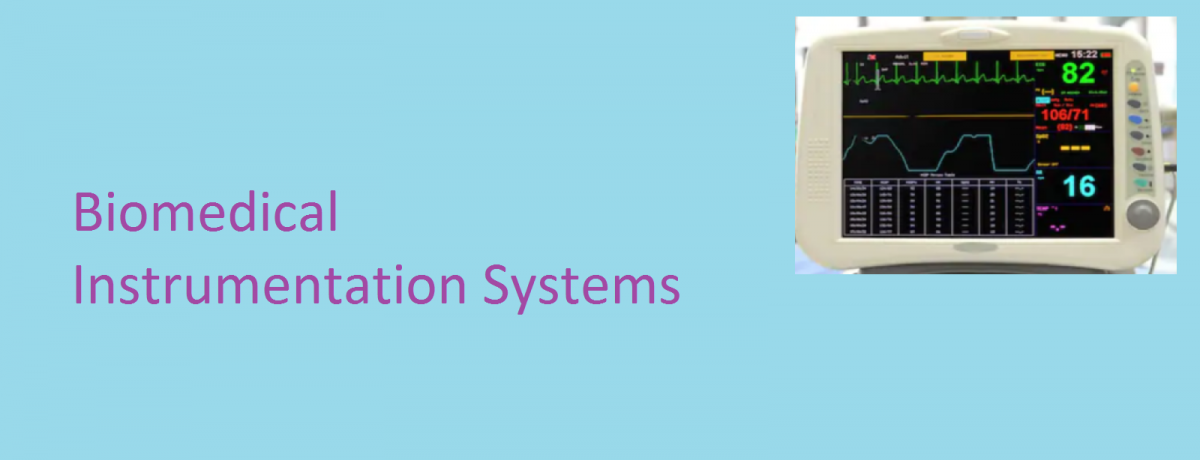Diagnostic techniques are investigations and tests performed on patients with the intention to identify the cause of illness. The ultrasound is sonic energy at frequencies above the audible range. The most widely used applications of ultrasound in diagnostic medicine involve the non-invasive imaging of internal organs or structures of the body. Such imaging can provide valuable information regarding the size, location, displacement or velocity of a given structure without the necessity of surgery or the use of potential harmful radiation.
X-rays can penetrate opaque objects and provide an image of their inner structure. X-rays are used for both diagnosis and therapeutic medical purposes. Computer axial tomography (CAT) combines x-rays imaging with computer techniques. The CAT scanners can provide information about internal organs and body structures which cannot be obtained by conventional X-ray techniques.
Radioactive isotopes of certain elements can be used to trace the metabolism pathways and concentrations of the body part. It can create 3 – dimensional images for diagnosis. Magnetic resonance imaging (MRI) is based on nuclear properties of hydrogen atoms in the body. The MRI images are accurate for tumours, inflammatory and vascular abnormalities.
You can also read more on: Types of Bioelectrodes used in Medical Instrumentation Systems
Invasive and Non-invasive Diagnostic Instrumentation
Invasive diagnostic measurements involve getting the instrumentation inside the body. Here, the instrument contacts the internal organ which involves some cutting of the body. Therefore, invasive measurement procedures are usually traumatic for the patients and may result in detrimental side-effects.
Medical measurements without invasion are called non-invasive diagnostic instrumentation. Measurement of temperature and blood pressure are performed as non-invasive measurements.
In cardiology, the catheterization is a traumatic or invasive method to measure arterial pressure but similar results can be obtained by the use of ultrasound which is non-invasive method. Note that, while X-rays are non-invasive in the sense that no physical cutting is involved but the body is nevertheless invaded by the harmful radiation. This is the reason that X-rays cannot be considered non-invasive technique. Ultrasound is popular and is extremely used instead of X-rays since ultrasound techniques are considered most safe non-invasive testing, for example ultrasound is commonly used to determine the position of the foetus.


5 thoughts on “Introduction to Medical Diagnostic Techniques”